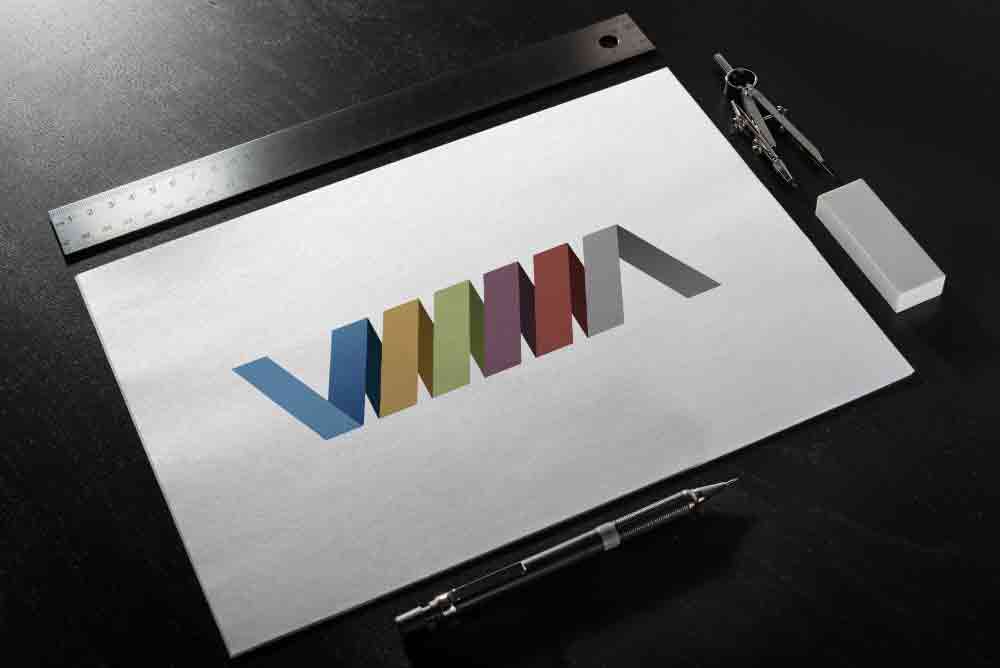Your banker will tell you how much more expensive it is in the long run (and he or she is correct) and your CPA will tell you
the tax advantage of the lease (and he or she is correct). So, how do we decide?
This often comes down to a tug of war between the long-term higher cost associated with the lease and the lower cash required
to get the asset in the building. With a traditional bank loan, you will likely need to have 20% of the asset cost available at the
time of purchase and you must meet other conditions. Some leasing companies offer leases where cash required at the time of
lease is often below 10%, and can be zero with some manufacturer’s captive leasing companies. In many cases, the all in costs
over the life of an asset can be as much as 10% more with a lease.
So, here are some great advantages of leasing:
Immediate Expense Deduction. Lease payment is usually fully deductible as an operating expense. There are complex
depreciation rules and interest charges that might lag your total cash outlays in the early term of the loan.
1.
Debt Management. The lease obligation does not appear as a liability on your balance sheet, while the loan from the
bank does. A loan will have a negative effect your current ratio and your debt to equity ratio. Most bankers are more
than OK with some level of operating leases for their clients.
2.
Technology and short-term assets. An asset that will be utilized for a short period of time and be somewhat difficult to
sell as used. Technology equipment for the office, a laboratory, or production equipment that risk being out of date in
two years are prime candidates to lease. If you purchased this asset and used it for 2 years, you would now be faced with
finding a buyer for the used equipment and with financing its replacement. By leasing, you simply arrange for the owner
to pick it up and you are free to select the latest and greatest new asset to replace it. Best of all you have the cash flow
from the old lease to help pay for the new and better item.
3.
Check the lease’s fine print; you need to carefully review all the terms in the lease. There are often terms that award penalties to
the leasing company for what they consider excessive wear and tear on the asset. This can lead to unexpected costs at the end of
the lease, and a lot of time and energy to negotiate a settlement on what normal wear and tear really means.
There is no doubt that the cash required to get an asset in the building can be much lower with a lease than that required for a
traditional bank loan. However, if you are planning to utilize the asset for its entire useful life and you have the cash for the
down payment, purchasing the asset with traditional bank financing will always be the less expensive route to go.



